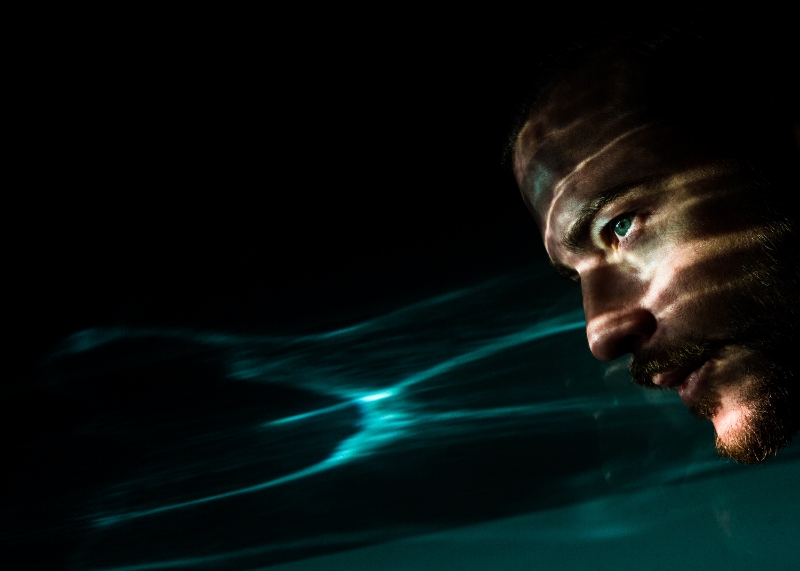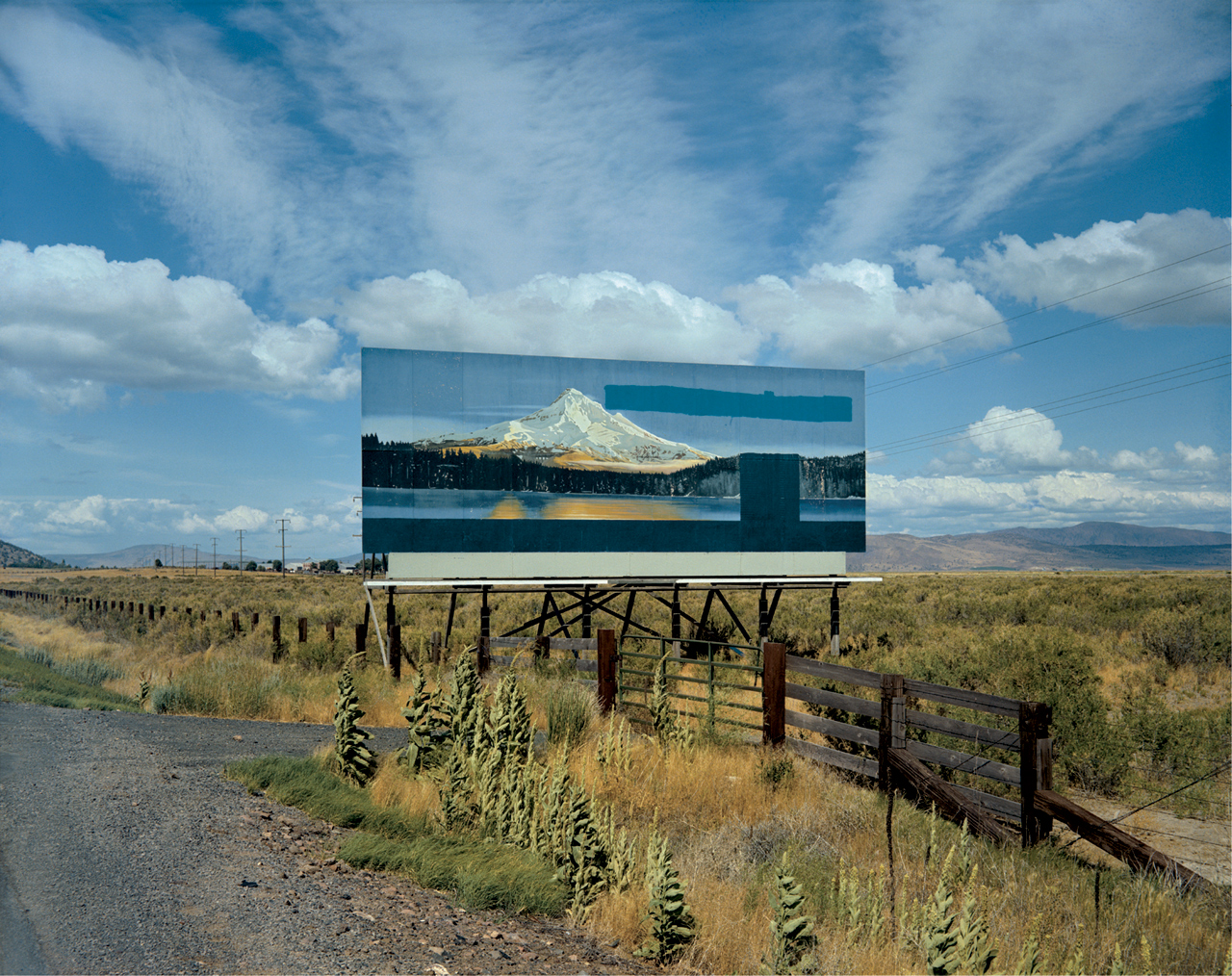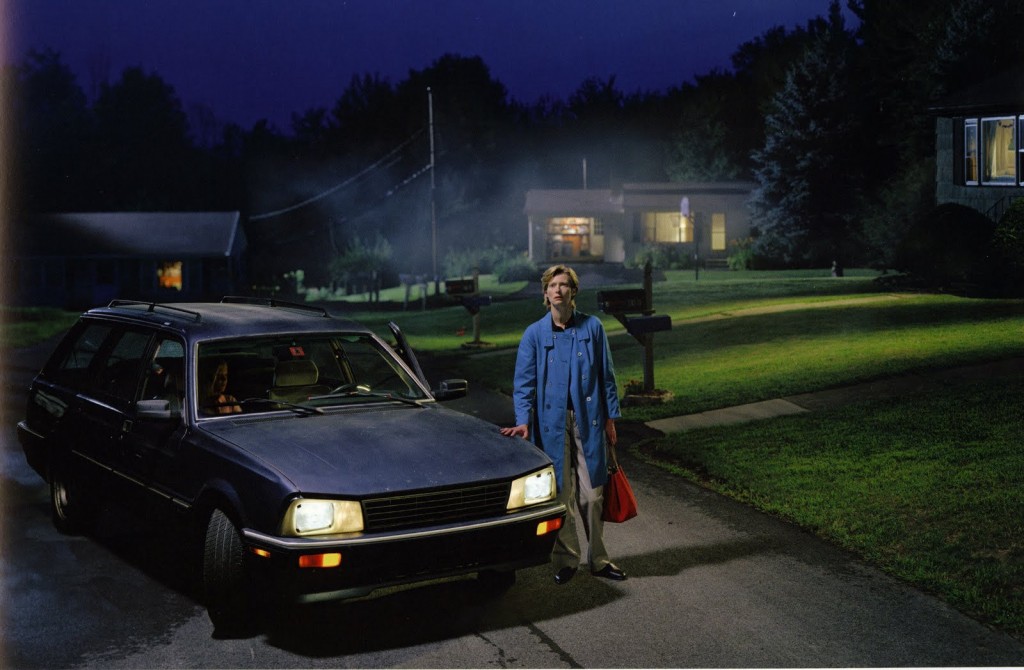At first, for me, it slightly dispelled Bresson's philosophy of 'the decisive moment', as his contact sheet revealed him moving around his subjects, snapping, looking for the right angle, snapping, sidestepping, snapping, trying to find the right position from which to take the picture from, which were many in number upon that roll of film (it was the picture of children playing in Seville, in Spain (1933), with a boy on crutches in the foreground). But the more one looked at it, and at the many others in this exhibition, one started to have the feeling of something so intimate being revealed by the photographers who were shown. It illuminated, however subtly, the thought and instinct that took place in those decisive moments leading up to that single point in time when it all happened, when it suddenly snapped together in an instant in which the picture was taken. Once this perception replaced my initial one, it became a whole other experience in which to view it all from, where it suddenly opened up other layers and thoughts in reaction to these photographs, and there were so many good ones.
A good photograph can create a kind of harmony within the frame that we look into, and can, on rare occasion, steal our breath from our exhaling lungs (harmony through form, composition, placing of people, subtext, history, meaning, metaphor, and everything else that goes with a good picture). And we know these pictures, many of them, for they have become immortalised, in a way, within the collective psyche, part of that canon of pictures that seem to resound no matter how old they are or in what country they were taken in. They can speak a sort of truth, of what it means to be human and alive and filled with hopes and fears, of horror, but of beauty, also, which can sing amidst the chaos of this earth in which we walk within. And so we search for these types of pictures, consciously or unconsciously, looking for the ones that can stop us dead, that can speak to us and say something about the human condition, of our place in this mad, mad world. It has been with us for around 32,000 years, that intrinsic need to make art, to communicate with the world outside of our selves, as was once done in the Chauvet Cave, in southern France, which contains some of the oldest images painted by humans.
And then, almost halfway through the exhibition, and bringing me, momentarily, out of my reverie and into a smile, were the words by Abbas, which were written onto the wall opposite a contact sheet of Margaret Thatcher (shot during the 1980 Conservative Party conference):
'A contact sheet reflects not only what the photographer sees and chooses to ... but also their moods, their hesitations, their failures. It is pitiless.'






















